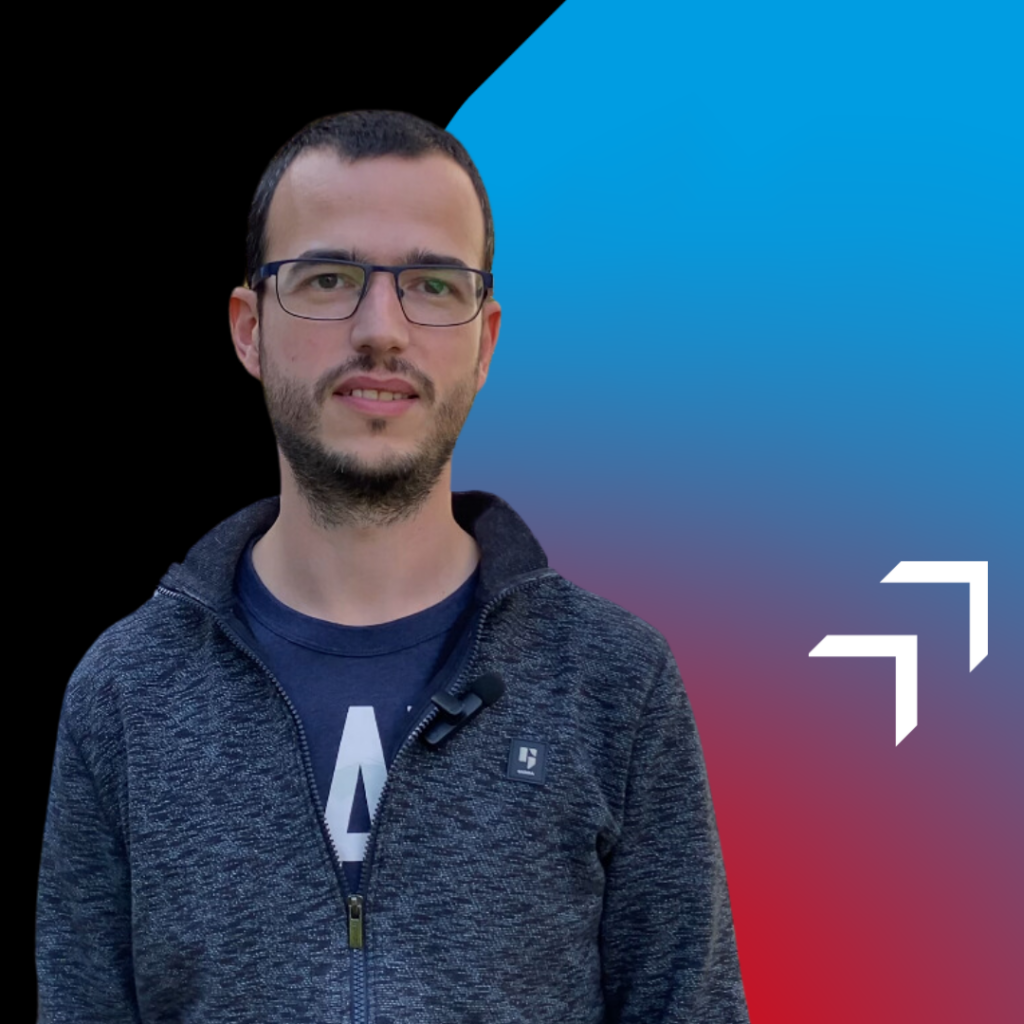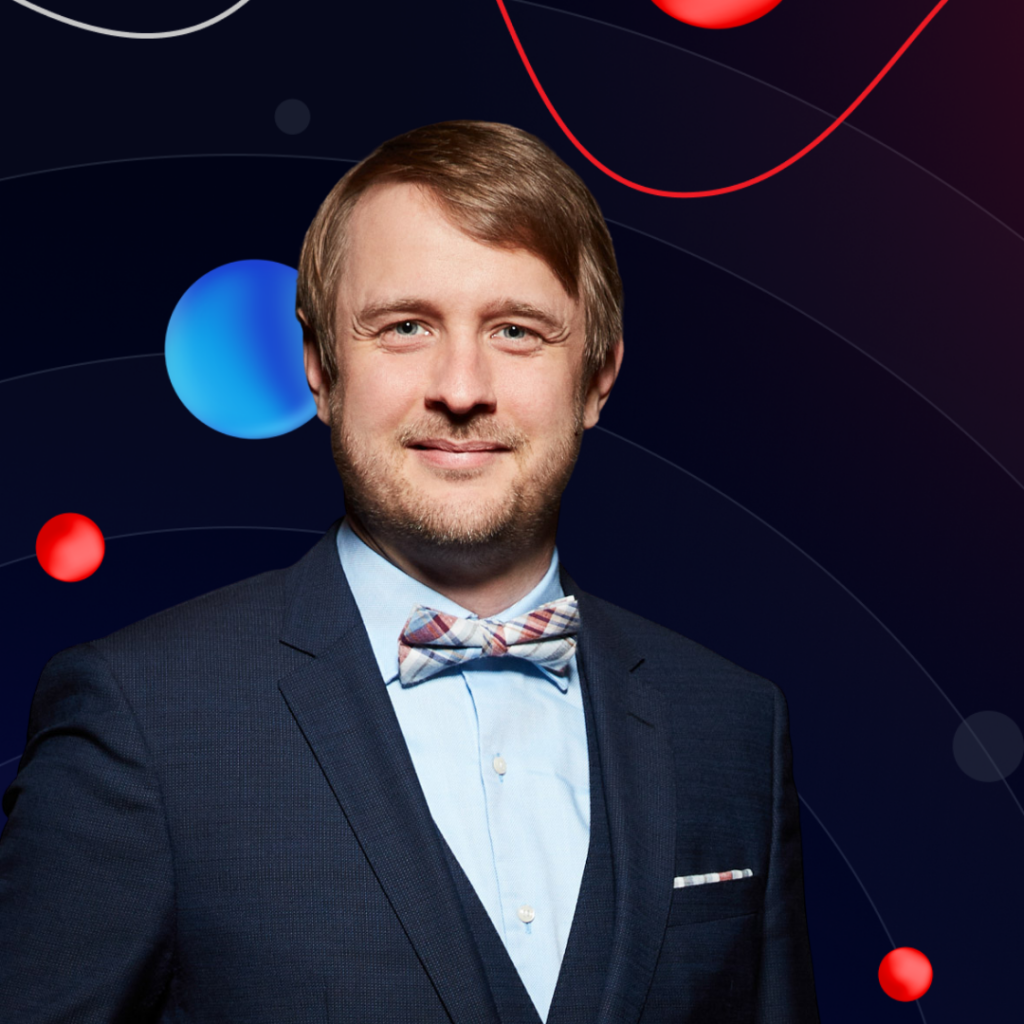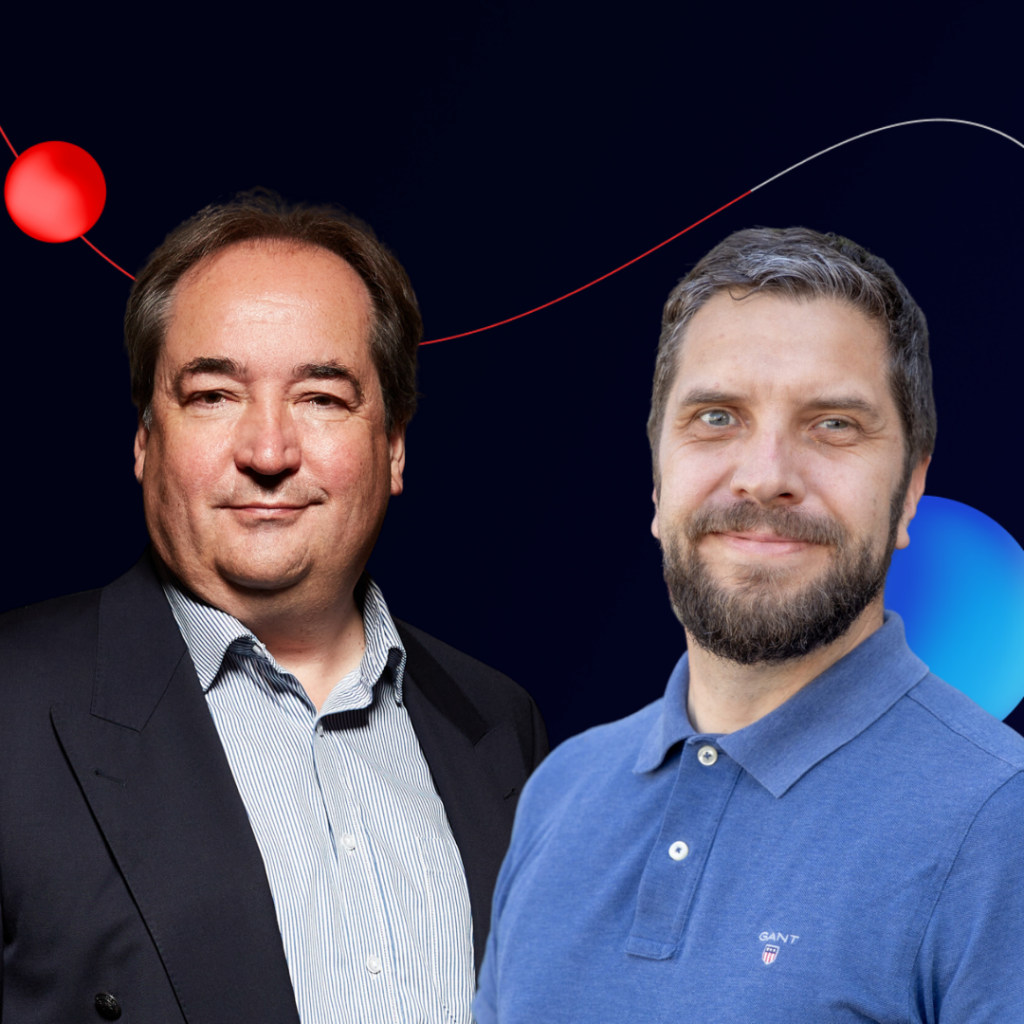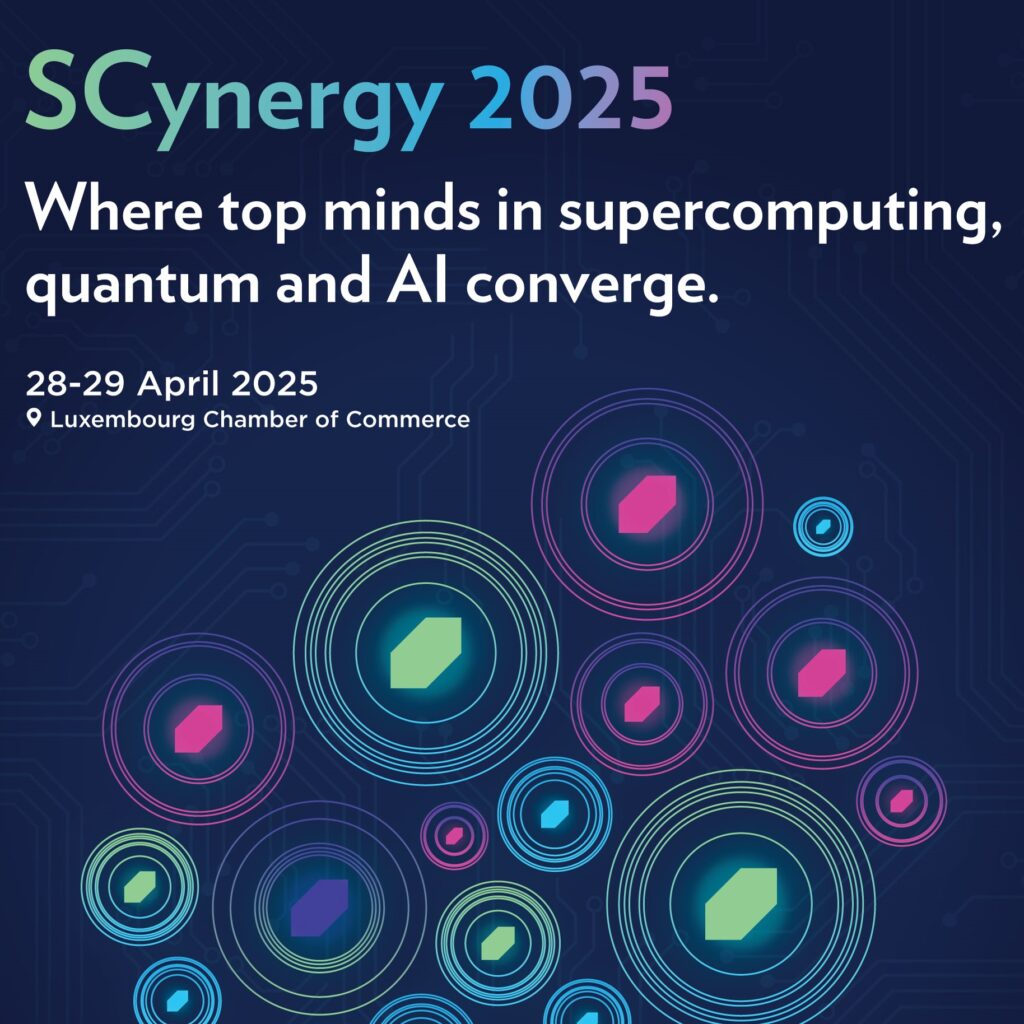Cybersecurity Research in Luxembourg- Partnerships and Collaborations
Promoting interdisciplinary partnerships with international research institutions and private companies, fostering an exchange of knowledge and best practices.
Quantum Cryptography
In a research partnership that aims to foresee the challenges of tomorrow, SnT together with the certificate authority LuxTrust work on upgrading LuxTrust’s data security systems to be resistant against quantum computers. In a movement known as ‘Post-Quantum Cryptography,’ the development of this modern technology will ensure a seamless continuation of LuxTrust’s current systems into the post-quantum era.
Optimising the charging of e-cars at home
Thanks to a donation of the ENOVOS foundation under the aegis of the Fondation de Luxembourg, research scientist Maxim Cordy and his team at SnT investigate technological solutions to support and optimise the charging of electrical vehicles (EV) at home, while considering the needs of the EV owner, the energy supplier and the energy distributor. Another objective of this project is to ensure that the AI solutions developed respect people’s security and fundamental rights.
The PayPal-FNR PEARL Chair
Dr Gilbert Fridgen is full professor in Digital Financial Services and PayPal-FNR PEARL Chair at the Interdisciplinary Center for Security, Reliability and Trust (SnT) at the University of Luxembourg. As head of the Financial Services and Interorganisational Digital Transformations Research Group (FINATRAX), he analyses the transformative effects of digital technologies on individual organisations as well on the relationship between organisations. He thereby especially addresses potentially disruptive technologies like Blockchain/DLT, Artificial Intelligence, Internet-of-Things, or Quantum Computing.
Deepfake Detection
With the fast advances in artificial intelligence, deepfake videos are becoming more accessible and realistic-looking. Their twisted use, constitutes a threat to society. The goal of FakeDeTeR, a project at SnT in partnership with POST Luxembourg, is to define a more generic approach that captures even deepfakes generated by unknown methods. To that end, discriminative learning-based spatio-temporal-spectral representations are investigated. Leveraging geometric, dynamic, and semantic models as priors will ensure that the smallest relevant deviations are captured. Coupling videos with sound in a cross-modal representation will further empower the proposed solution.






